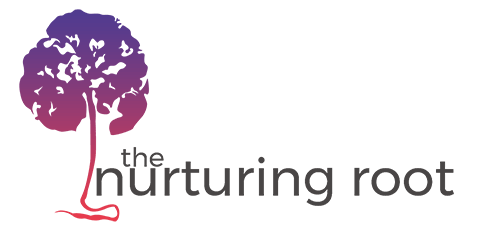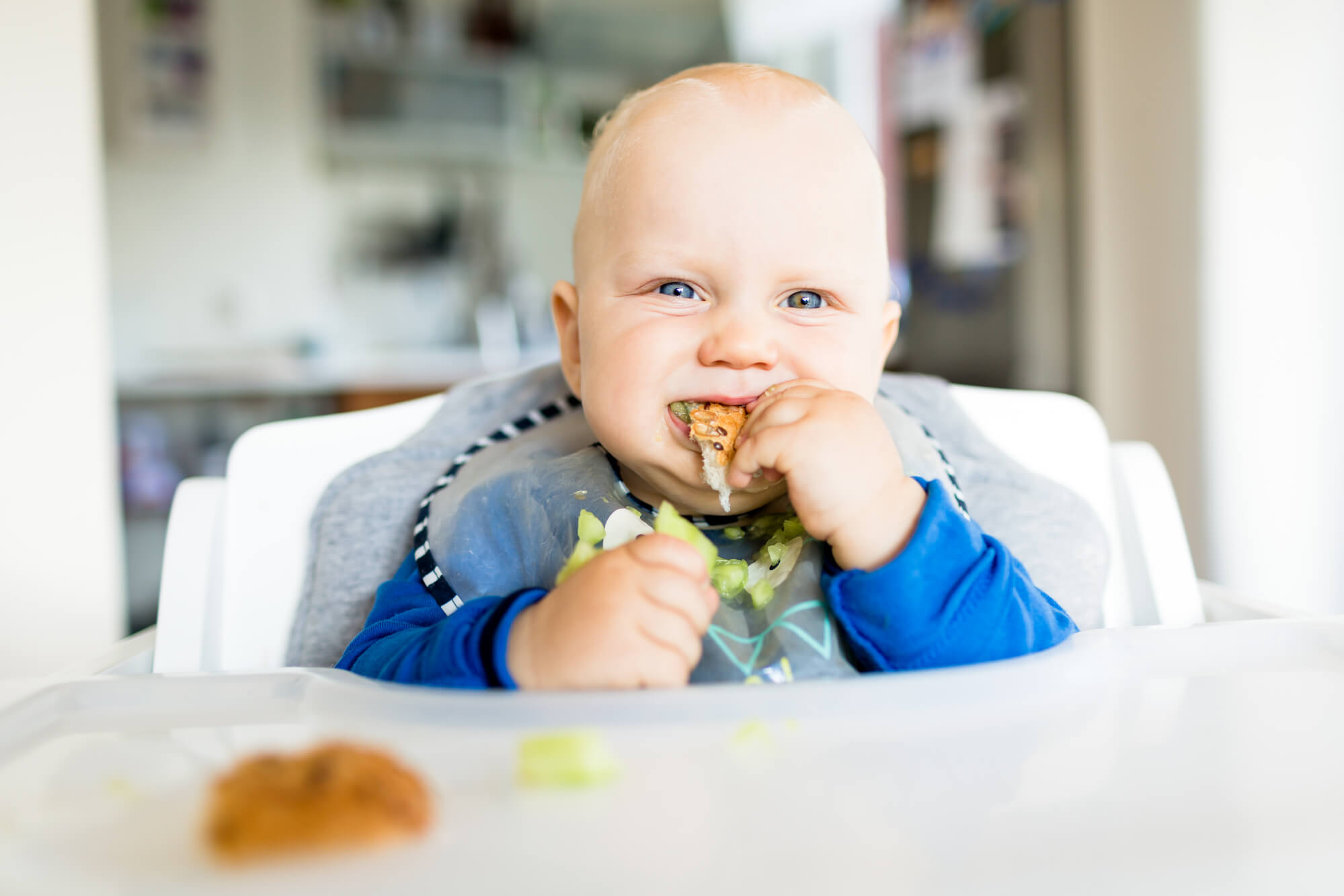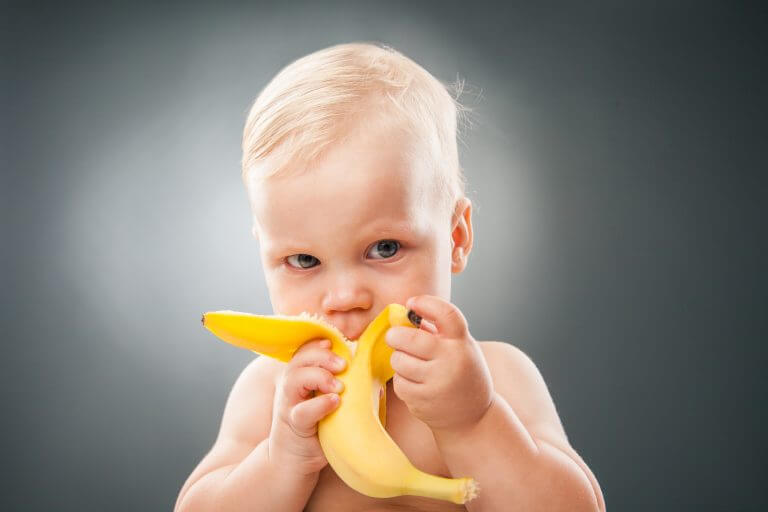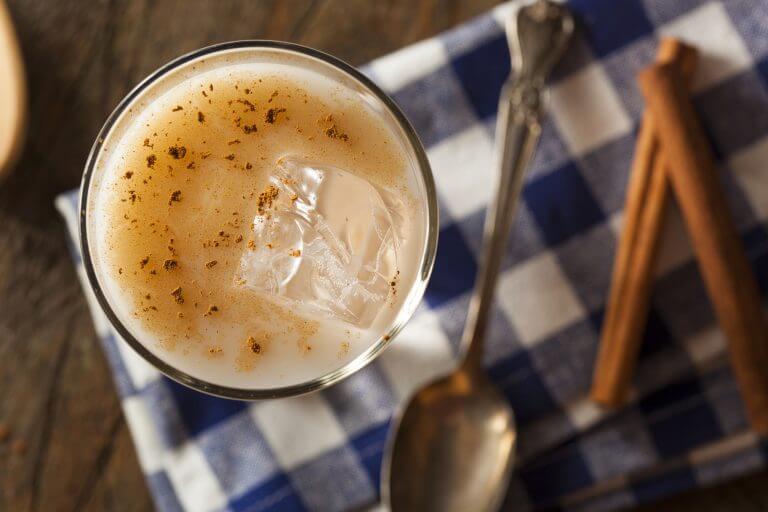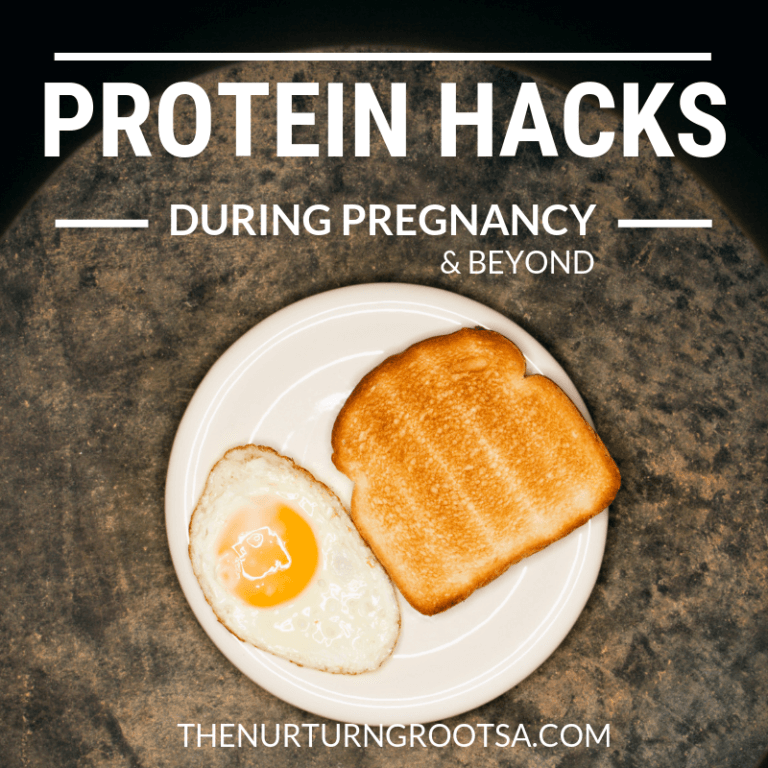Your precious baby is 6 months old! That’s the magic age, right? It’s commonly
accepted that this is the time when your baby needs other foods to compliment his/her
breastmilk or formula intake. Other new moms are chattering about it and you’re yet again
scouring the interwebs trying to figure out the best way to begin feeding your babe. Maybe you
have seen other moms feed their babies all organic store-bought purees or seen posts on your
Facebook mom group about making their own?! Once again, you’re stumped. Wishing
someone would shout from the rooftops the right answer for feeding your baby.
Today on the blog, we are discussing Baby Led Weaning. But before we do, we need to
first clarify that your baby is ready for this next step. Here are a few musts your babe needs to
be doing before beginning this method.
- Baby can sit up well without support.
- Babe has lost the tongue-thrust reflex and does not automatically push solids
out of his/her mouth with tongue - Baby is ready and willing to chew.
- “Pincer” grasp is being developed. This is when babe is able to pick up food and
other small objects between thumb and forefinger. - Baby is eager and showing interest to participate in eating at mealtimes.
Baby Led Weaning (often referred to as BLW) is a method of beginning solids in your
baby’s diet that is complimentary to the first year of breastmilk/formula. This method upholds
the nature of eating as a positive, interactive experience and encourages the development of
age appropriate oral motor control. Babies “self-feed” through the exploration of different
textures and also are able to control their solid food consumption. The term “weaning” does
not imply that baby is replacing breastmilk or formula but mainly just complimenting it with
other solids.
Benefits of Baby Led Weaning
Though very little longitudinal research has been done on this subject, experts see potential for
BLW to have a lasting effect on a child’s food preferences, eating habits and palates. It also
teaches babies the fundamental life step of self-regulation. Babies cannot be made to eat more
than they need since they are not being fed by another person. They are doing the feeding and
the ones in charge of their intake. Also, another benefit of the BLW method is you can forgo the
buying, making, blending, freezing, and defrosting process of making or purchasing the little jars
of food.
Tips to get started on the Baby Led Weaning journey
- Wait until your babe is showing signs of readiness (see above for developmental
markers). - Continue to give breastmilk and formula. This is still considered your baby’s biggest
source of nutrients until approximately 10-12 months. Remember, food before 1 is just for fun. - Model eating for and with your babe. Mealtimes are social events. Model proper
chewing and eating behaviors while your baby joins in in his/her own chair. - Prep foods for easy grasping. Food should be cut long and skinny for baby to manage
independently. - Prepare for the mess. The goal of this method is exploration. Smearing, dropping,
throwing (oh my!) is part of the learning process. Again, modeling appropriate table
manners is key here. - Consider nutrient intake. High calorie foods and also vitamins such as zinc, protein, and
healthy fats are all good options for your babe to ingest.
Remember to do what feels best and right for your baby/family. Maybe you want a hybrid
model where baby has softer foods to start and smoothies that are nutrient dense with some
finger sized pieces to gnaw on. You are the wonderful caretaker and your babe is following your
perfect lead. Enjoy the journey!
